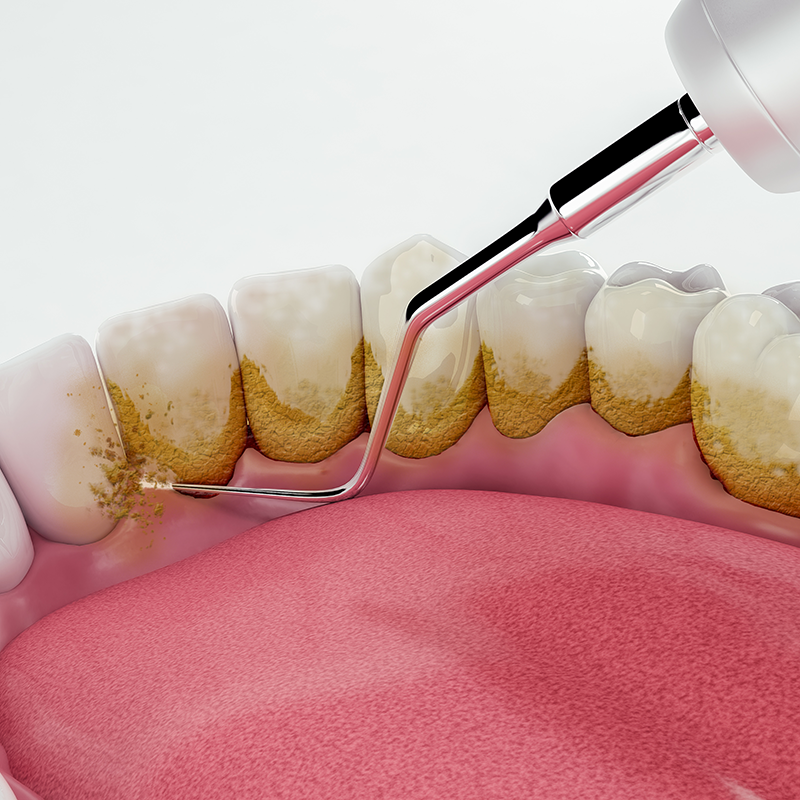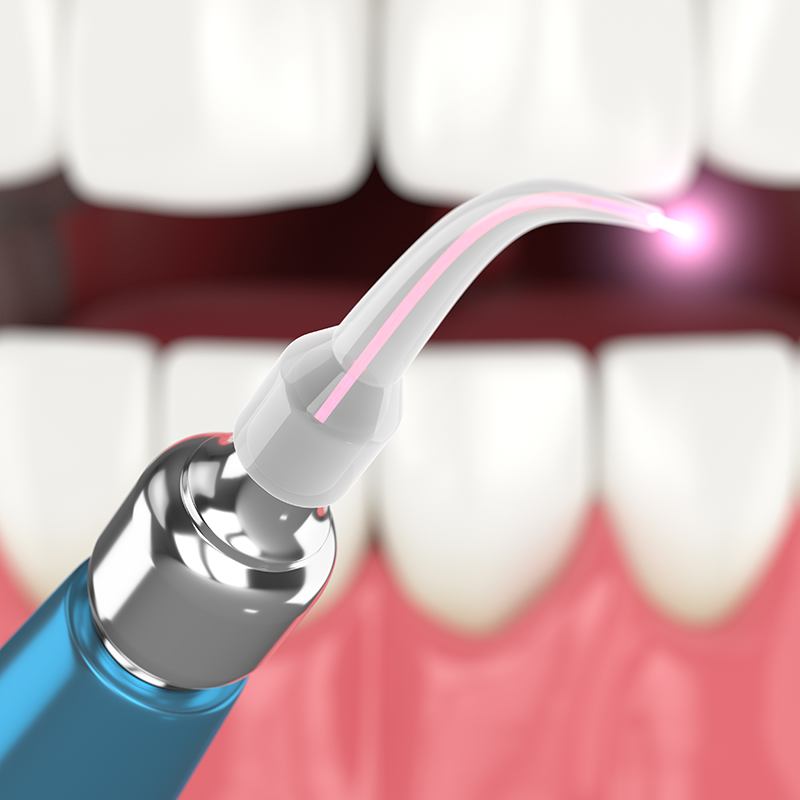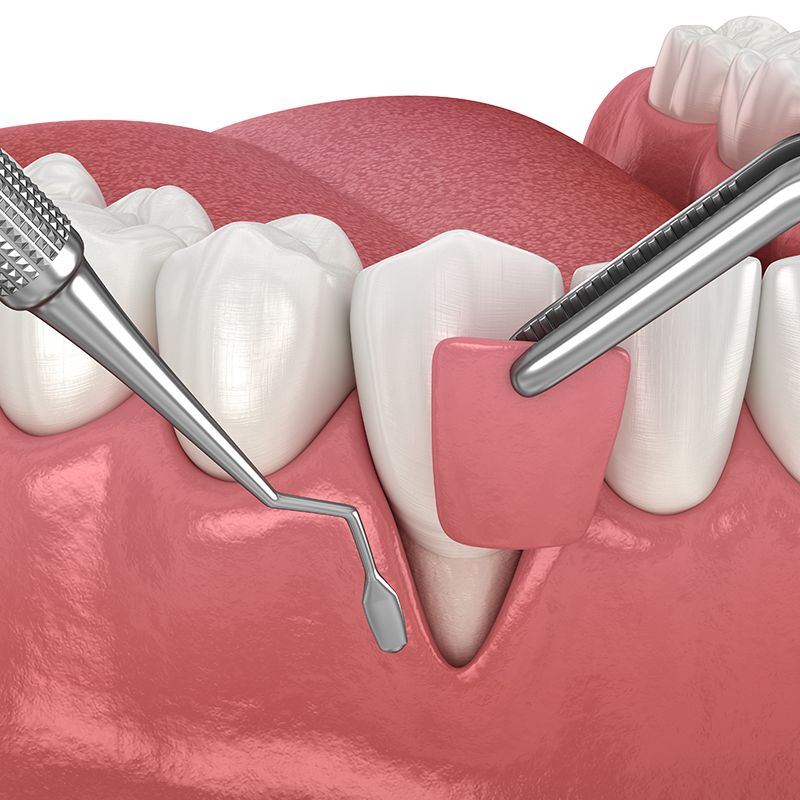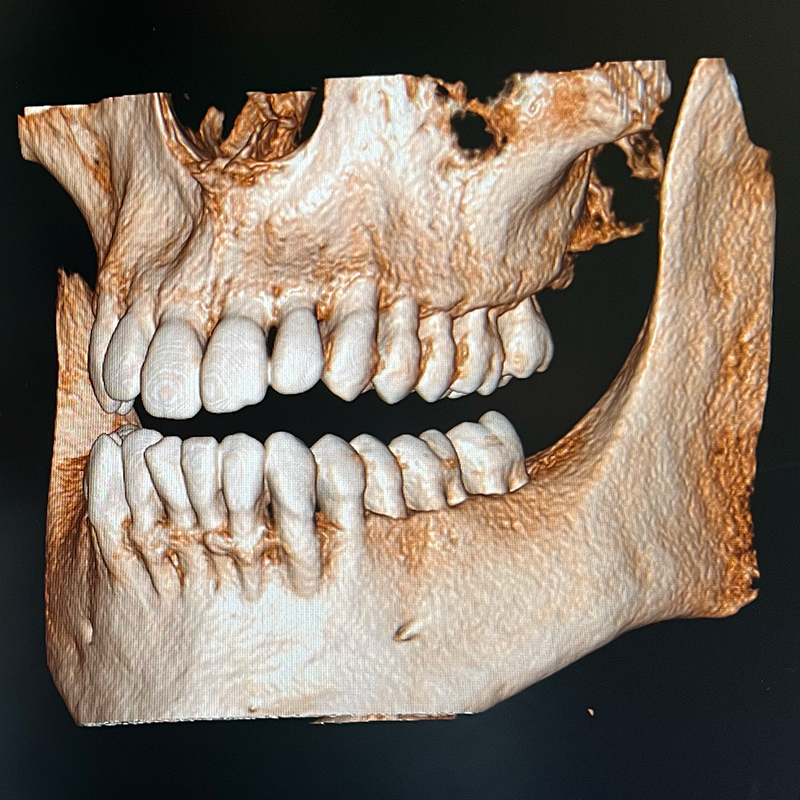Personalized Periodontal Care
Pure & Simple
Dr. Megan A Ratliff | Glenview Periodontist


About Pure Perio
Pure Perio is located in the heart of Glenview, a few short blocks from the train station. As a forward-thinking practice, we have state-of-the-art equipment utilizing the latest dental technologies and techniques. We practice the highest infection control protocols to ensure your safety and peace of mind.
At Pure Perio, a healthy smile is the foundation of your overall health and well-being. Our periodontal treatments can help prevent tooth loss, improve gum health, and boost confidence.
You will also see pink accents in our office and in our logo. It is how we celebrate the color of healthy gums!
Dr. Megan A. Ratliff
Board Certified Periodontist
What is Periodontal Disease?
Most adults will have some form of gum disease during their lifetimes. Gingivitis marks the first stage of gum disease. If allowed to progress, gingivitis can lead to more severe gum disease called periodontitis. Periodontitis affects the gums and the bone that support the teeth. Untreated periodontitis can lead to tooth loss and increases your risk of systemic issues including heart disease. Early diagnosis and treatment can keep you healthy and help save your teeth.

Periodontal Therapies & Services
While there is no cure for periodontal disease, it can be treated and maintained non surgically and surgically. Some treatments include scaling and root planing, osseous surgery, and perio-maintenance. Learn more more about our periodontal treatment options.
Dental implants replace missing teeth. Implants offer improved appearance, long-lasting teeth, and enhanced comfort over other options. Learn more to see if implants are right for you.
Laser therapy provides a no cut no sew alternative to traditional gum surgeries. Lasers can also aid in tissue regeneration. Learn more about laser therapy and the LANAP and LAPIP procedures.
Gum recession exposes the roots of teeth and can lead to sensitivity and decay. It also affects the aesthetics of your smile. Gum grafting is a procedure that regenerates lost gum tissue and in some cases covers exposed roots. Learn more about the surgical techniques used to treat recession.
As a full service periodontal practice, Pure Perio utilizes the latest dental technologies, imaging, and surgical techniques allowing for the best patient care and customized treatments including hard tissue preservation, aesthetics, and regenerative services. Learn more about the specialty services offered.
Proper post-operative care is crucial for healing and recovery after oral surgery. Be sure to follow all instructions, and attend post-operative appointments.
With proper aftercare procedures, we can ensure smooth and comfortable healing. For specific procedure post-operative care instructions, please visit the procedure section on our website.
welcome to the practice
New Patients
Summer ’18
Collection





ENGAGEMENT
How It Works

Chat With An Expert
Lorem ipsum dolor sit amet, consectetur adipiscing elit, sed do eiusmod

Diamond Selection
Lorem ipsum dolor sit amet, consectetur adipiscing elit, sed do eiusmod

Design Your Ring
Lorem ipsum dolor sit amet, consectetur adipiscing elit, sed do eiusmod

NEW
Our Latest Jewelry
20% OFF Entire Wedding Collection
Vivamus suscipit tortor eget felis porttitor volutpat. Praesent sapien massa, convallis a pellentesque nec, egestas non nisi. Curabitur aliquet quam id dui posuere blandit.
Patient Referrals
Let's collaborate for comprehensive patient care. Refer periodontal patients to Pure Perio for advanced diagnostics, precision treatment planning, and the latest regenerative therapies. Our periodontal team will seamlessly coordinate to restore optimal gum health and esthetic outcomes.
© Copyright 2012 - 2025 Pure Perio | All rights reserved












